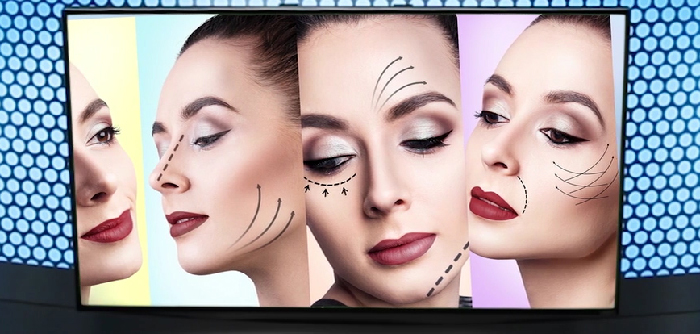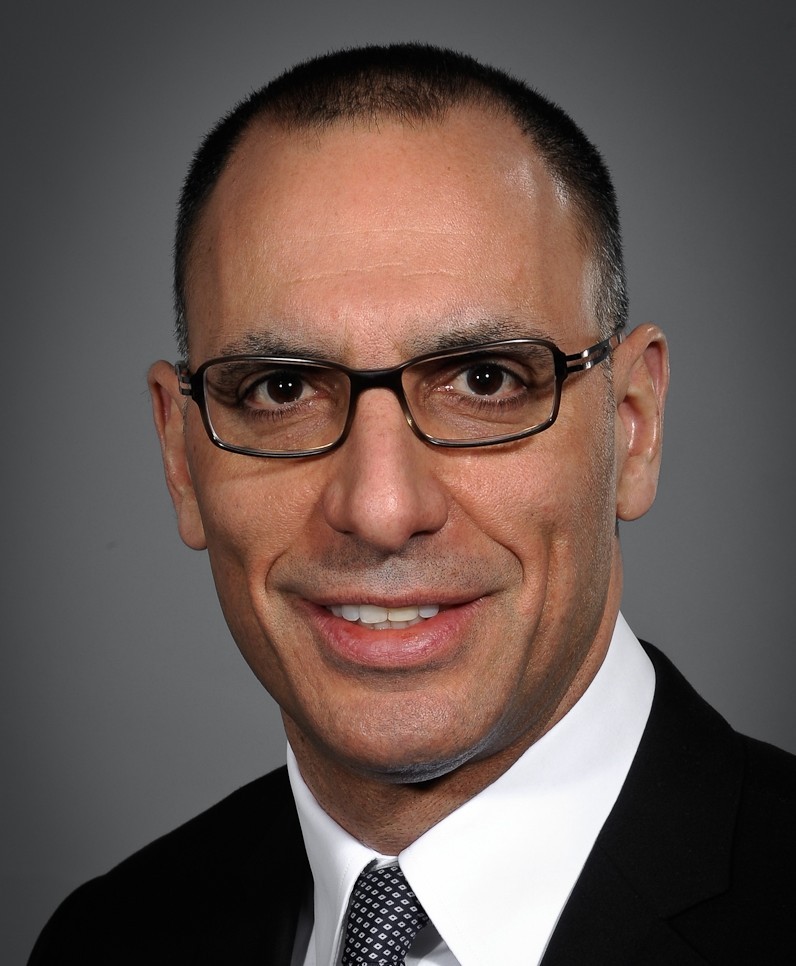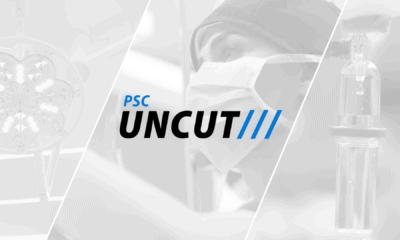A procedure called the Awake Facelift is being advertised as a way for patients to save both time and money while removing the risks and costs typically associated with undergoing general anesthesia. The decision to undergo general anesthesia is often a mental obstacle prior to elective surgery as it can arouse a level of fear, and certainly a severe form of hesitation. “Do I really want this bad enough for general anesthesia and surgery?”
Having an option to undergo surgery without “going to sleep” may appeal to patients who are heavily considering plastic surgery, but are hesitant to commit to a full-on surgical procedure. Even so, is it the right thing for patients?
Awake Procedures are Nothing New
While the Awake Facelift is being marketed as a “new” procedure, the science behind it is nothing new. The Awake Facelift uses a delivery method for local anesthetic called tumescent anesthesia. Tumescent anesthesia was originally invented in the mid-1980’s for use with liposuction procedures. Prior to tumescent anesthesia, liposuction procedures were all done under general anesthesia. Patients experienced significant blood loss and required a lengthy recovery. Since the invention of tumescent anesthesia, liposuction is routinely done under local anesthesia and patients enjoy a much quicker recovery.
What is Tumescent Anesthesia?
The word tumescent comes from the Latin word “tumesco” meaning “to swell.” It was used to describe the swollen, puffy appearance that resulted from the injection of a fluid that is used to numb the surgical area and reduce bleeding. Tumescent fluid, as it is called, is composed of saline, a numbing medication such as lidocaine, and epinephrine. The epinephrine, also known as adrenaline, serves to constrict the blood vessels as to reduce bleeding. The lidocaine, which is a diluted version of the medication dentists use for dental blocks, works to numb the area where it is injected.
Tumescent anesthesia facts:
- Reduces bleeding during surgery
- Reduces bruising after surgery
- Serves to numb the area locally
Beyond Liposuction: Awake Procedures
New York City’s Dr. Stafford Broumand has been using tumescent anesthesia in procedures other than liposuction for many years, including facelifts. “We do tumescent infiltration of the face to get numbing and to help with dissection. We do it in the face, we do it in the breast, we do it in the abdomen,” he explains. “It’s nothing new. Whether its awake or under mild sedation, the outcomes are the same.”
Awake Facelift: Wide Awake vs. Mild Sedation
Patients can achieve adequate local anesthesia and safely undergo a facelift while remaining awake. “It’s possible,” says Broumand, adding “If you’re proficient at it, it can be done relatively quickly.”

However, not every facelift should be done while a patient is fully awake. The amount of anesthesia that a procedure requires is determined by the magnitude of the procedure, explains Salt Lake City plastic surgeon Dr. Brian Brzowski. “Shorter scar incisions, less undermining, these are less invasive – certainly we can use less amounts (of anesthesia),” says Brzowski.
Shades of Anesthesia
Surgeons have a broad range of options when it comes to anesthesia. The choices are not black or white – awake or asleep. There is a middle ground. Tumescent anesthesia is often combined with oral sedation or IV sedation to increase a patient’s comfort level during surgery. Even if a patient is not going under, a surgeon may choose to have an anesthesiologist present to safely administer IV sedation. This frees the surgeon to focus on surgery while the anesthesiologist ensures the patient is comfortable and vital signs remain normal. By combining tumescent anesthesia with oral or IV sedation, surgeons are able to relieve the anxiety patients may feel during an awake procedure.
Truth #2: Safety Issues Still Exist When a Patient is Awake
When a patient is awake, or partially awake, during a procedure, it’s important that they are comfortable and able to remain still while the surgeon operates, for their own safety. With local anesthesia, “restlessness may become an issue,” says Brzowski. “They could have a significant medical complication as a result of not being fully anesthetized. Let’s just say someone were to sneeze or have some sudden jerk or tick, and some injury could be sustained.”
When it comes to Awake Facelifts, Surgeon Experience is Key
When you are considering your facelift options, it is important that you seek the advice of a board certified plastic surgeon who has experience operating with the use of a wide range of anesthesia. Based on the extent of the procedure you desire, the length of time required to complete it, and your anesthesia desires, the surgeon can recommend the best option for your individual situation. Less qualified surgeons may opt for something they’re more comfortable with rather than what is best for the patient. If elective surgery is your goal, then finding a board certified plastic surgeon who has considerable experience in your requested procedure is paramount.
Awake is Not for Everyone
As with all advertising hype and marketing, products aren’t always meant for everybody. Awake facelifts are not a standard operating procedure to be done on every facelift case. “My fear with this particular lift that they’ve trademarked as the Awake Facelift, is that they are trying to apply that procedure to every patient who comes in,” says Brzowski. “We know that brushing these patients broadly with one particular procedure is a recipe for disaster.”
Ultimately it’s up to the patient to find a great surgeon they feel comfortable with in order to secure the best procedure for their unique issue. Many facelifts may need general anesthesia in order to actually achieve rejuvenation, while others may not require so much, and could be a great fit with an awake facelift. No matter the procedure – or the marketing hype surrounding newer techniques and devices – trust in surgeon excellence is a patient’s best bet at achieving the best results.







Facebook
Twitter
Instagram
YouTube
RSS